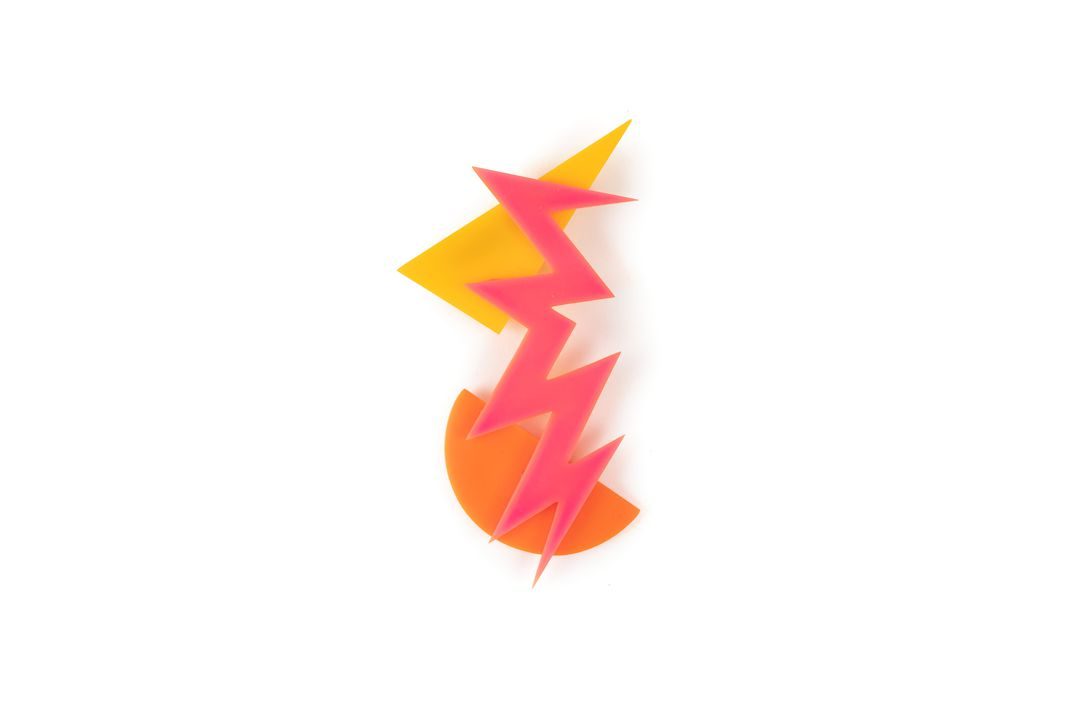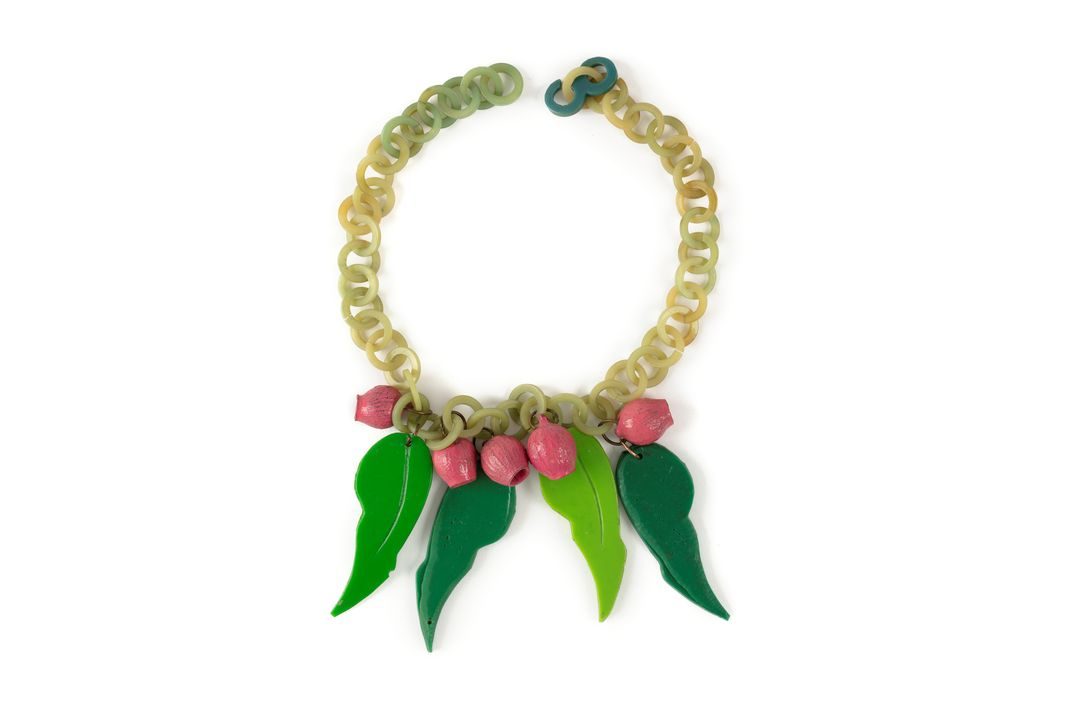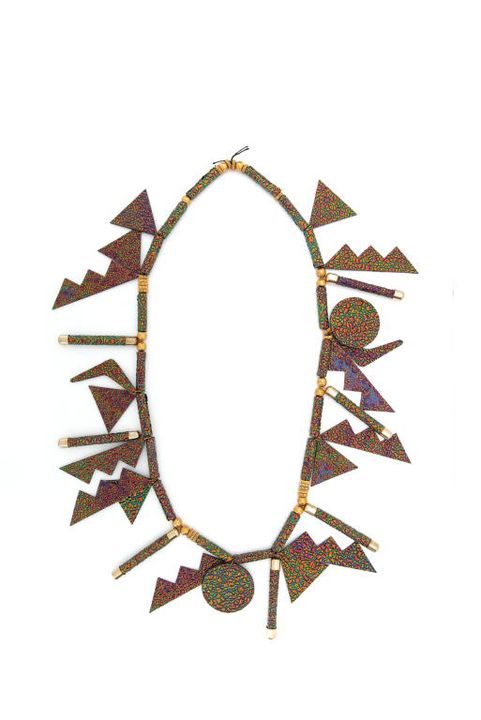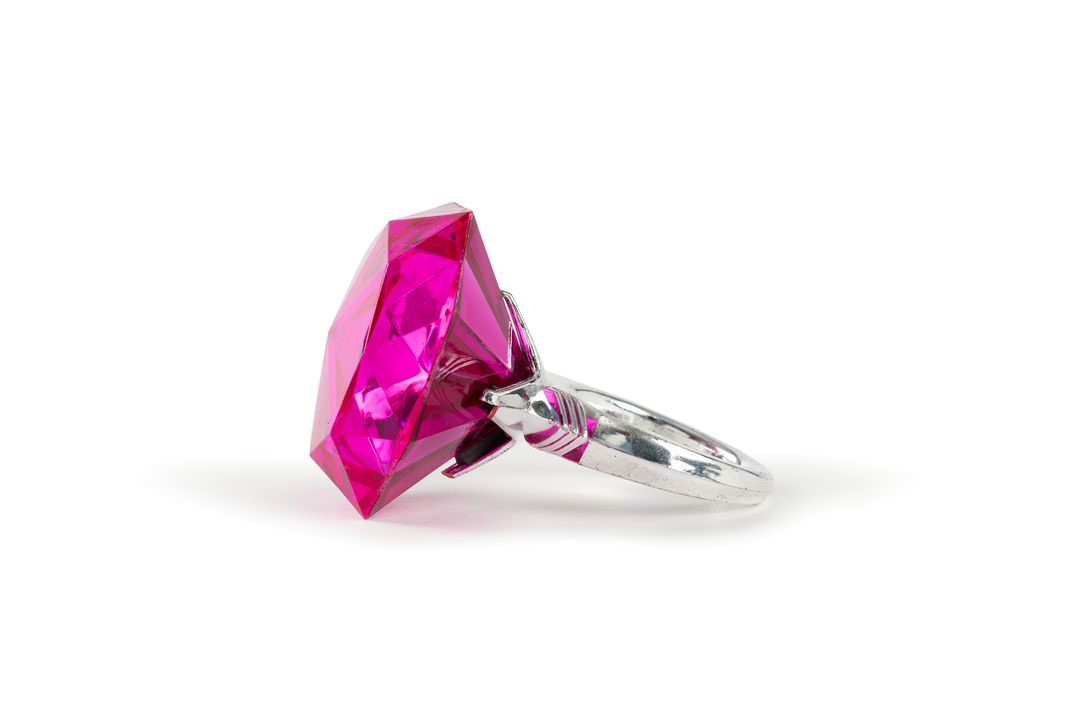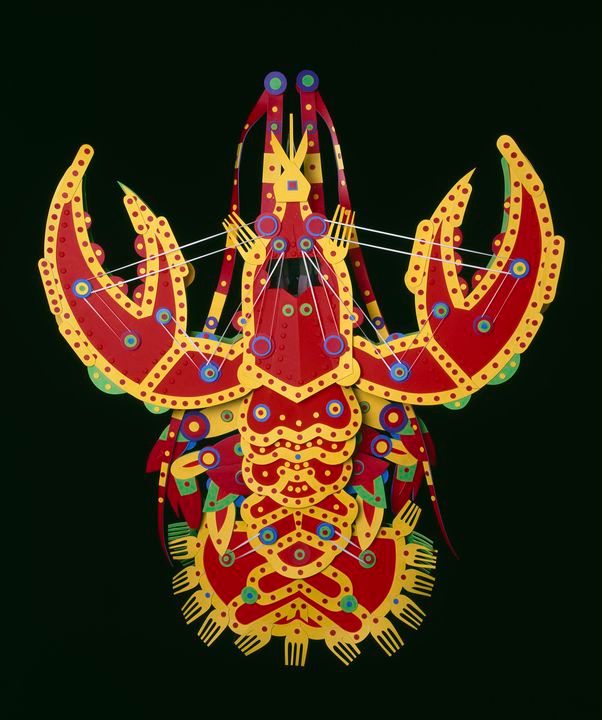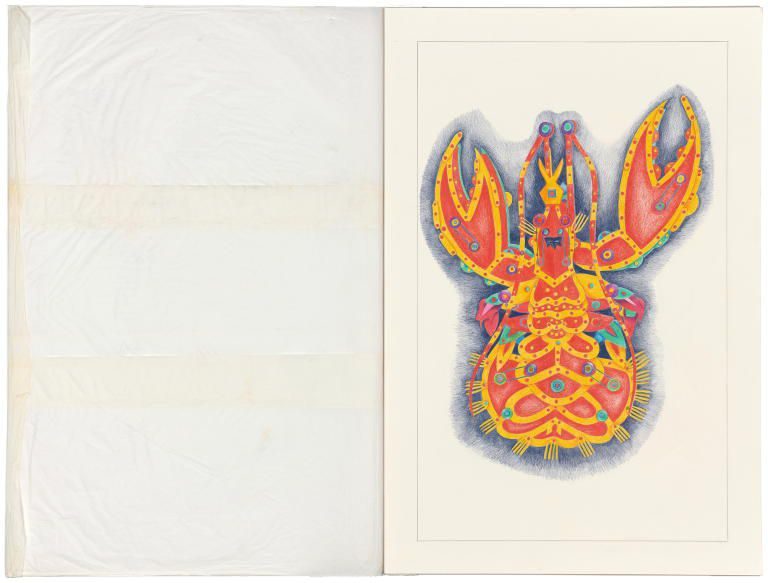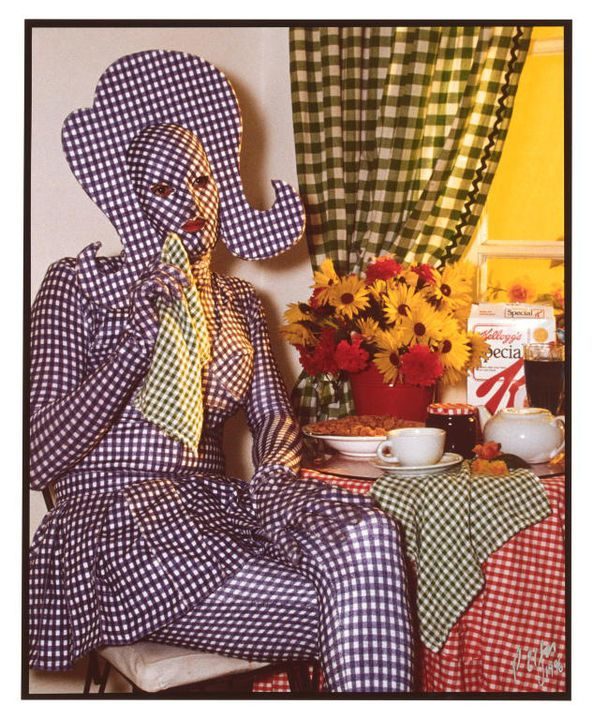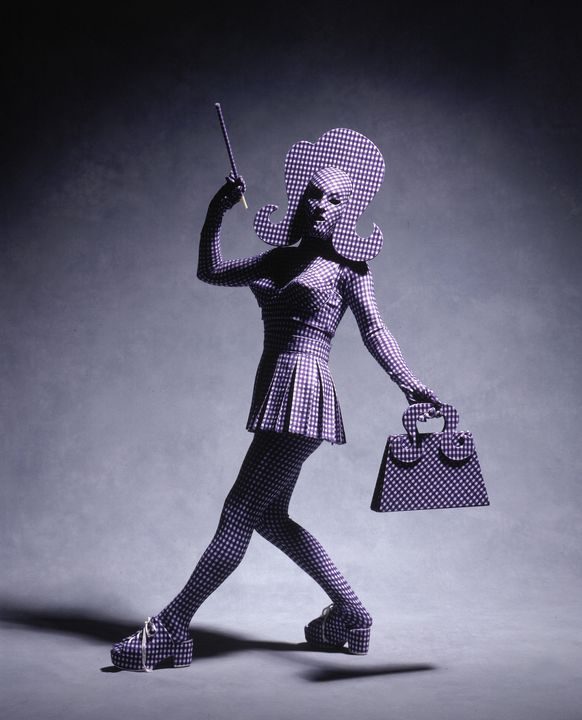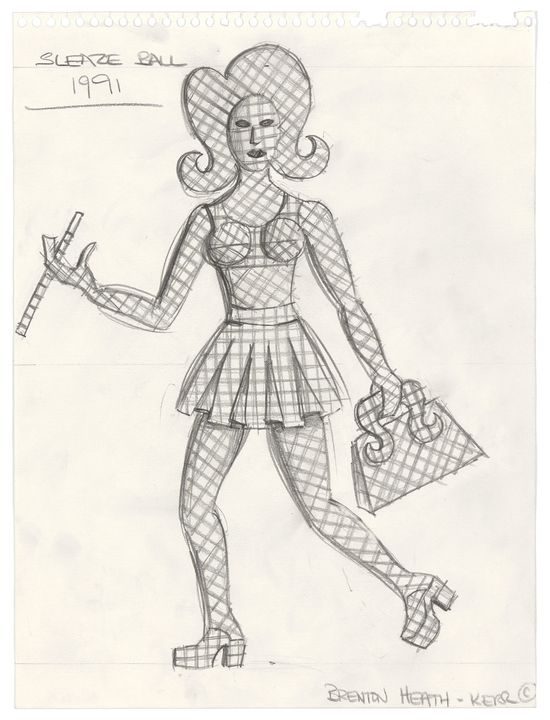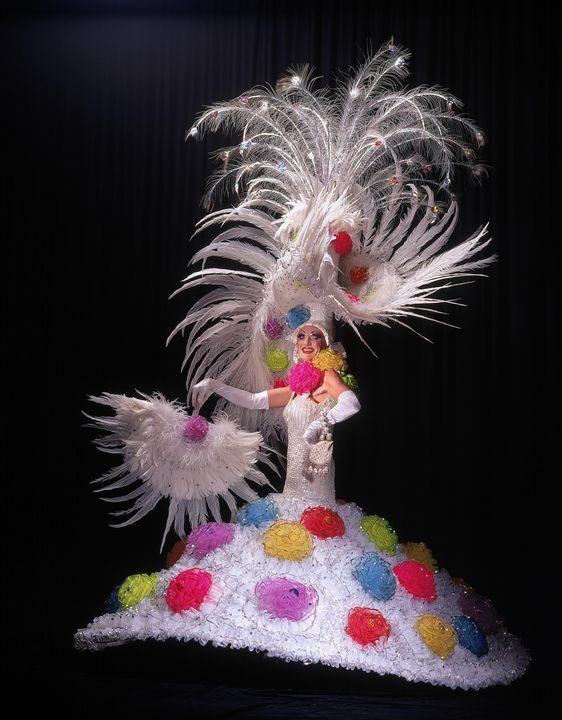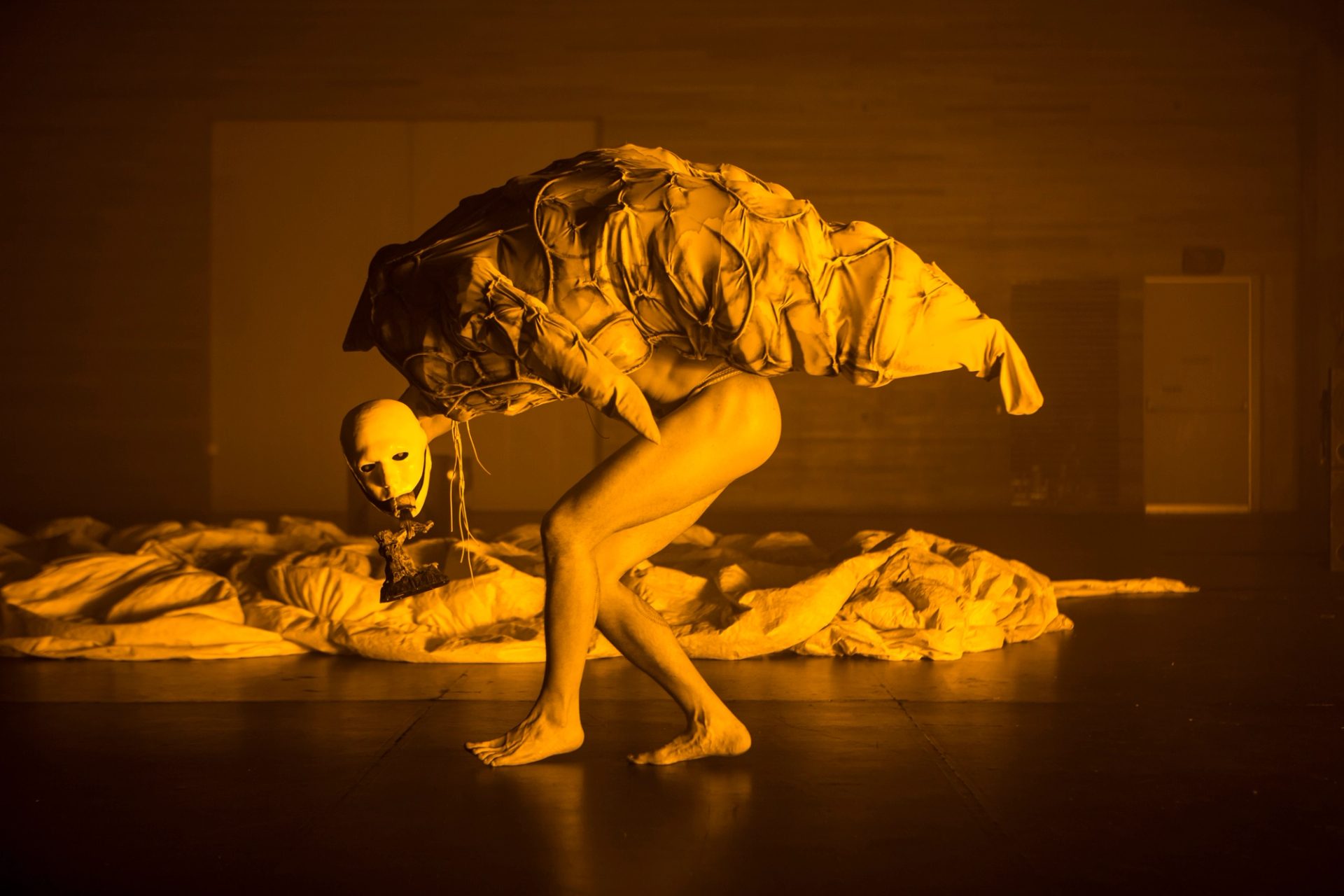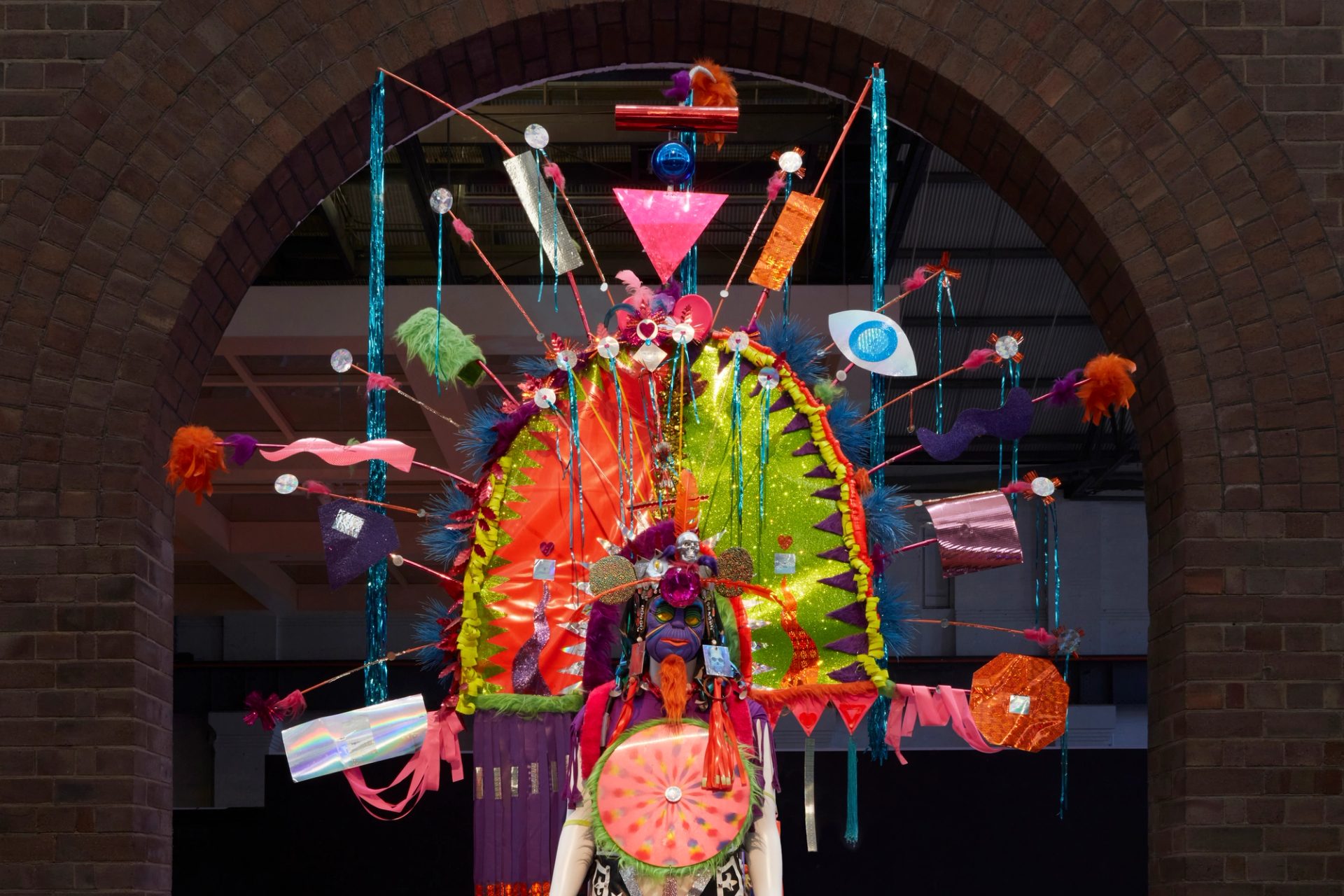Icons

Absolutely Queer reflects on the LGBTQIA+ artists who shaped Sydney Gay and Lesbian Mardi Gras into what it is today. Their creativity and pride have stood the test of time, and they will be cemented in Sydney history as icons.
Peter Tully (1947–1992)

Peter Tully was one of Australia's most inventive designer-makers. Perhaps best known for his extraordinary jewellery and costume designs, Tully often made his pieces from found objects and loaded them with eclectic visual references ranging from gay iconography to Australiana. His range extended from small and intimate works to major public events such as Sydney's Gay and Lesbian Mardi Gras, of which he was artistic director from 1982 to 1986.
‘I think the [Mardi Gras] festival is important to us as a community, but I think for the general public, the parade is the major thing which we get our message across in.’
Peter Tully began making his first pieces of jewellery while living in a share house in Carlton, Victoria between 1968 and 1970. He used recycled materials sourced from op shops, second hand stores and flea markets to transform what was seen as the rubbish and kitsch of the 20th century into wearable art pieces.
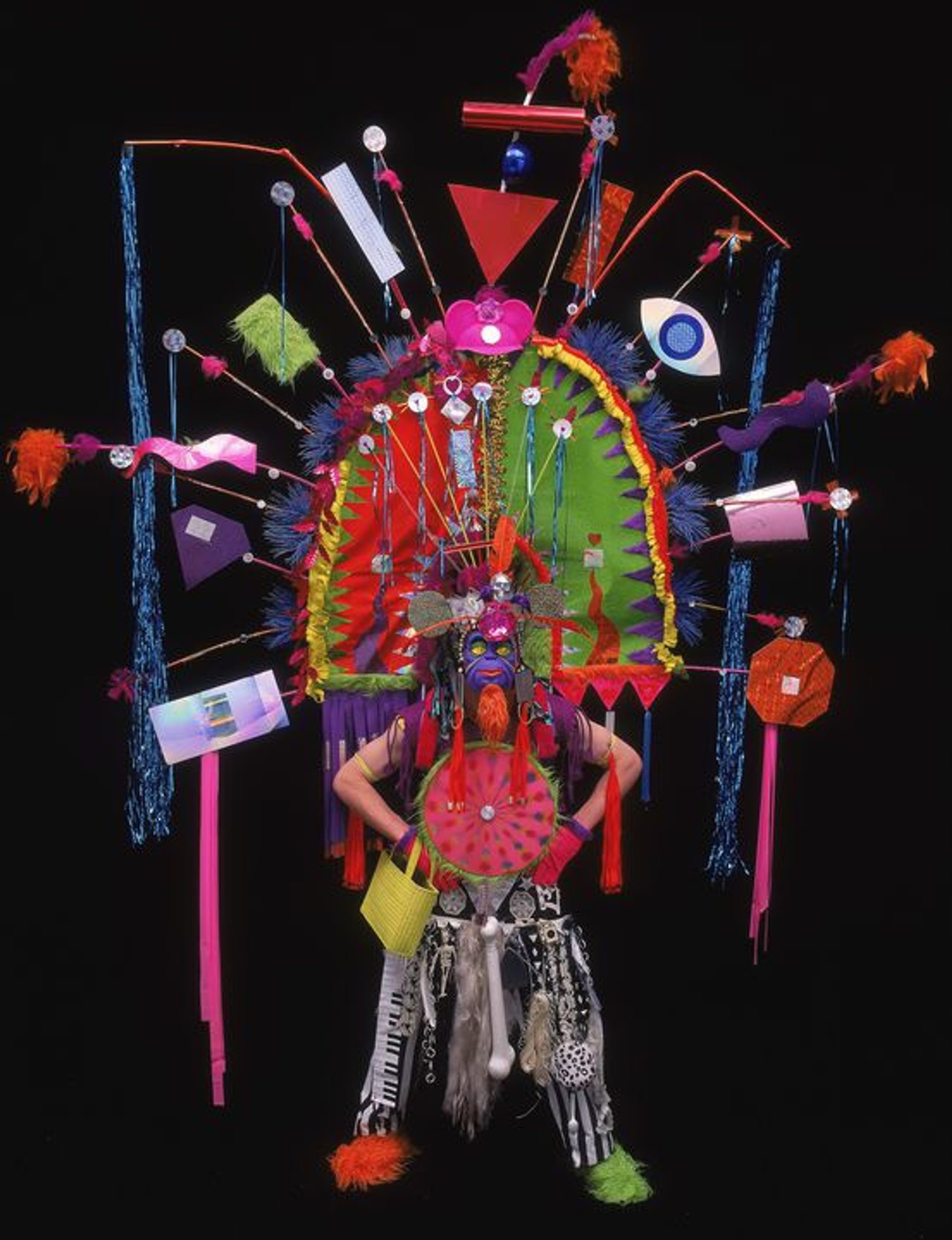
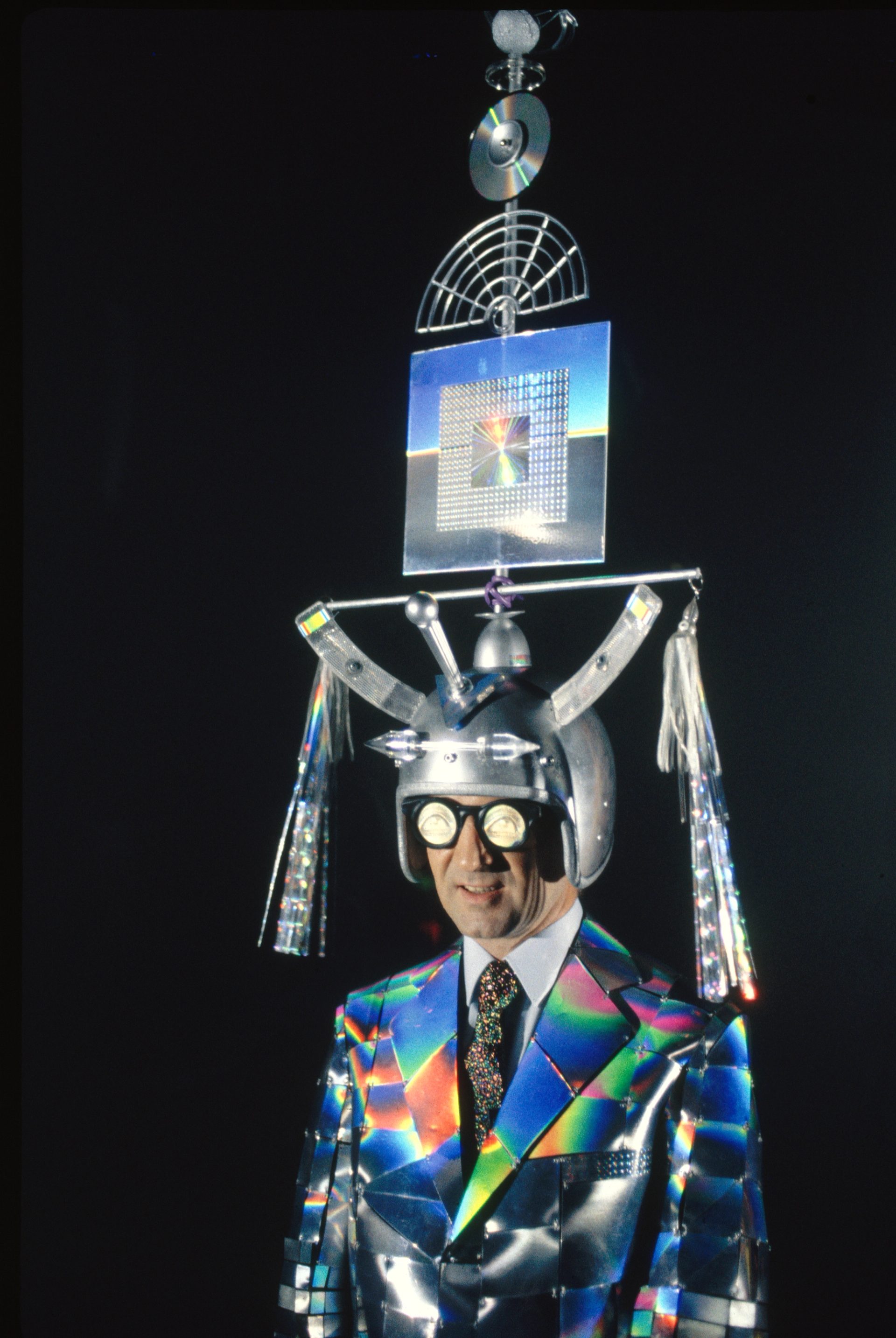

‘I think it's [Mardi Gras] given the community a focus where, I mean, apart from using the parade and things as an AIDS education event, it also strengthens that feeling of pride and a feeling of community, which I think is very important to people under pressure to have that, you know, to fall back on.’
Brian Ross
‘With Lobster Mornay, I found a design on a restaurant menu guide, and I thought it was a lot of fun actually to transform this graphic, which was originally a plastic sculpture photograph for the menu into a three-dimensional costume.’
‘I remember as a kid in Aberdeen ... I was taken to the city with my mother and there was a university parade on. I was about five years old, and they had masks on, and I just screamed until my mother took me home. I was so afraid of it. And maybe some that has something to do with that, I don't know. It's sort of confronting fears and, but I've always been quite shy, so I can sort of present another part of my personality when I'm inside the costume.’
Brenton Heath-Kerr (1962–1995)
‘My particular form of expression in the mask and the whole full body work is something I've developed over a long period of time, and there are a lot more worlds to experience within that world.’
‘She [Gingham Woman] is a character that would for all intents and purposes be maintained and composed and particularly together. But she has an act, a staggering out of it sort of.’
‘Wood Woman ... has this nature of being almost like Predator, the Arnold Schwarzenegger movie character monster. She seems to frighten people. That's the interesting thing, because her movement is sort of aggressive, but really ... I feel is that she's sweet.’
‘My best friends, which have been my saviours, have been photographers. I wouldn't have perpetuated any of my imagery without the help of a certain group of photographers that I really, I can't thank enough.’
Ron Muncaster (1936–2017)
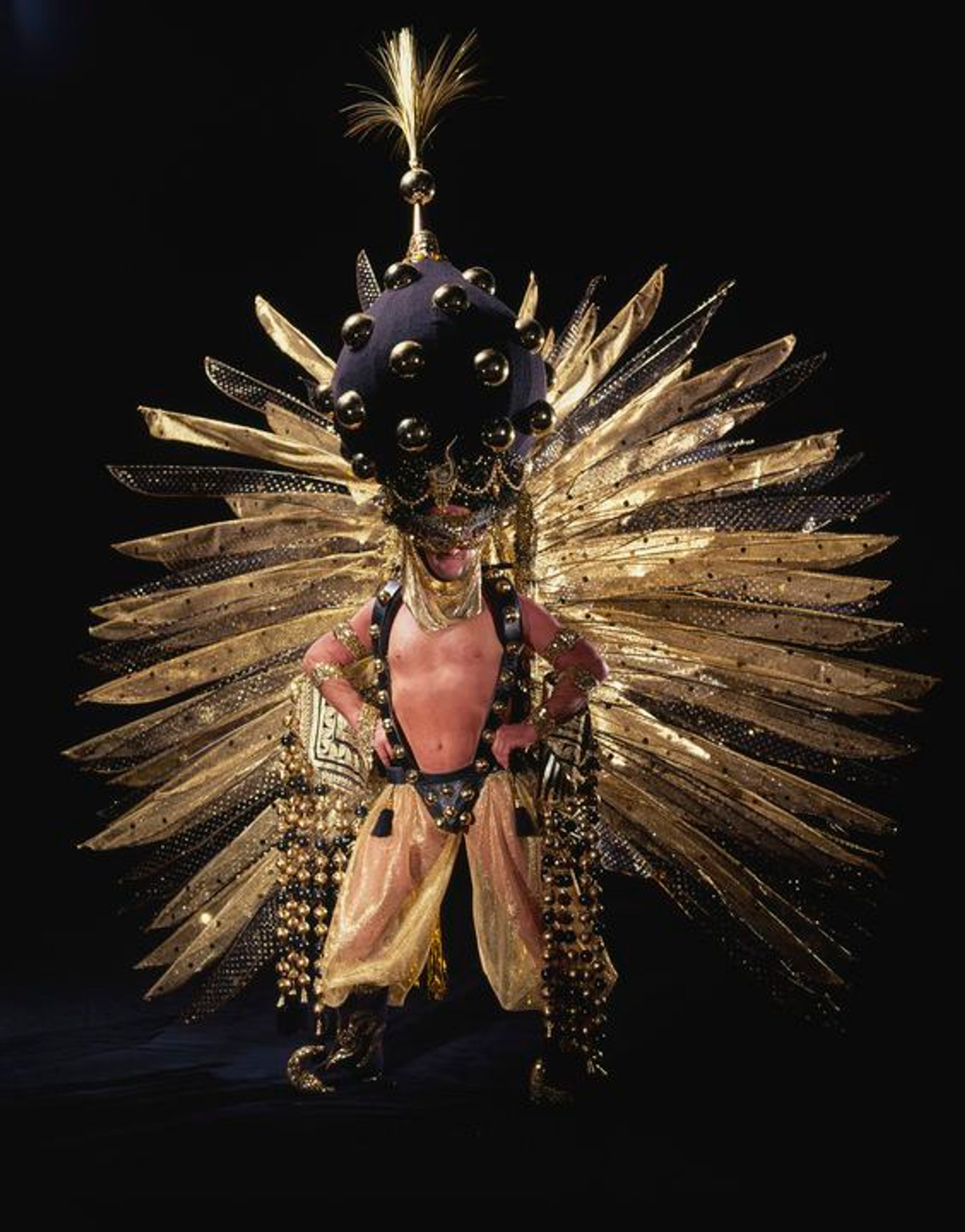
Ron Muncaster is remembered for his spectacular Sydney Gay and Lesbian Mardi Gras Parade costumes and was awarded the Mardi Gras Lifetime Achievement Award in 2014. While Muncaster rarely expressed overt political messages with his costumes, his designs were created to build bridges between the queer and straight communities. Powerhouse is fortunate to own two of Ron’s most spectacular Mardi Gras costumes, Arabesque, 1992, and Cotton Blossom, 1994
‘Back in 1980, a few friends of mine got together and when this parade started we decided to make it an artistic parade because the first two were just marches ... so a few friends of mine with Peter Tully decided to make it a costume parade.’
‘In the early days when there was this group of friends and I was amongst them making costumes and we used to go out and enjoy them, go in the parades and have a really good time. But unfortunately, most of those friends are dead now, and I lost all interest in the Mardi Gras for a while... it was a bit sad for me, really, because I was thinking of all the friends that I used to parade with. But walking up Oxford Street, I thought of all those friends, and I remembered them, and I thought, well, I'm carrying on. And I think they would have liked that. And a couple of years ago I was waiting to get on stage in the costume competition, and Peter Tully came up to me and he said, 'Don't stop what you're doing.' And those were the last words he said to me.’
Program
Absolutely Queer is an exhibition celebrating contemporary queer creativity for Sydney WorldPride 2023. The exhibition explores Sydney’s leading queer creatives who are reshaping attitudes towards their community through their work, creative processes and personal stories. Absolutely Queer features costumes, design, artworks, fashion, activism and multimedia.

















